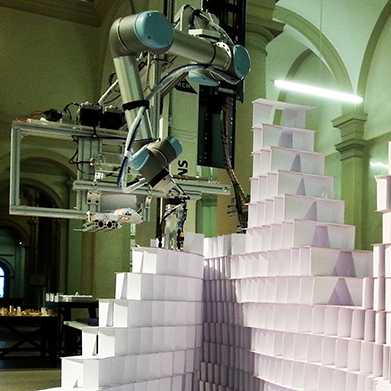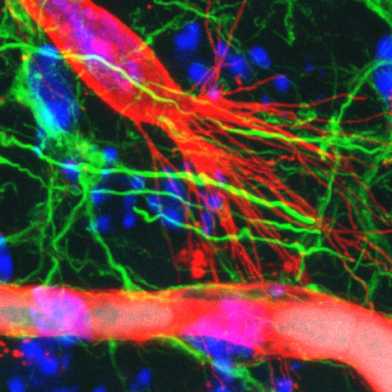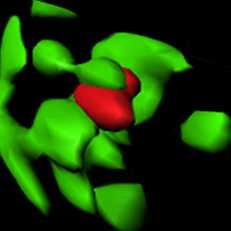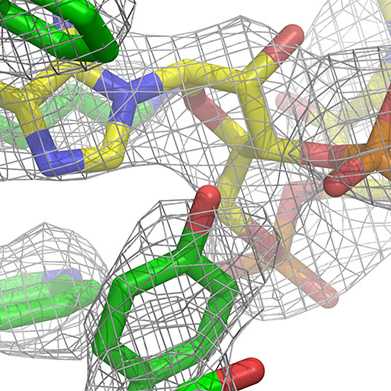ETH News
All stories by Inken Heeb
At the cutting edge of the architecture of the future
News

The Master of Advanced Studies ETH in Architecture and Digital Fabrication is a new continuing education programme initiated by the National Centre of Competence in Research (NCCR) Digital Fabrication and ETH Zurich. From September, students from all over the world will be able to study innovative methods of construction and design.
How blood vessels grow in the brain
News

Thomas Wälchli’s goal is to curb the growth of brain tumours. In his doctoral thesis at ETH Zurich, the physician examined how blood vessels develop in the brain, as this process also promotes tumour growth. The scientist developed a technique that allows new insights into the specific developmental stages of blood vessels in the brain.
Why tumours exhibit fatty degeneration
News

In cases of clear cell renal cell carcinoma – the most common type of renal cell carcinoma – the cancer cells become fatty. The reasons for this were long unclear, but ETH researchers have now found the cause: important cell structures in lipometabolism degrade more rapidly.
Groundwater warming up in synch
News

Global warming stops at nothing – not even the groundwater, as a new study by researchers from ETH Zurich and KIT reveals: the groundwater’s temperature profiles echo those of the atmosphere, albeit damped and delayed.
An innovative fight against the bacterium Clostridium difficile
News

Mattias Ivarsson is committed to fighting a nasty bacterium at the root of many hospital-acquired infections. He just completed his PhD on the topic and presented his ideas, as well as his plan to develop his own biotech company, as a finalist in the Falling Walls Lab in Berlin - part of the 25th anniversary events surrounding the fall of the Berlin wall. ETH News met up with the cosmopolitan engineer before his trip to Berlin.
Emergency aid for overdoses
News

Every minute counts in the event of an overdose. ETH professor Jean-Christophe Leroux and his team have developed an agent to filter out toxins from the body more quickly and efficiently. It can also be used for dialysis in patients suffering from hepatic failure.
Making sure antibiotics work as they should
News

Researchers at ETH Zurich are decoding the structure of the large ribosomal subunit of the mitochondria at an atomic level, thereby providing insight into the molecular architecture of this ribosome with implications for a better understanding of the mode of action of antibiotics.